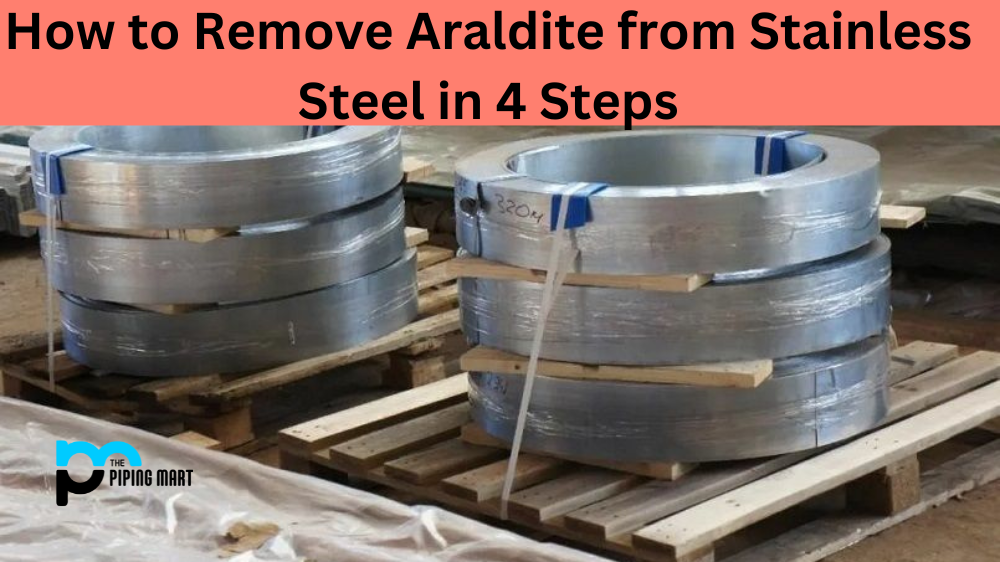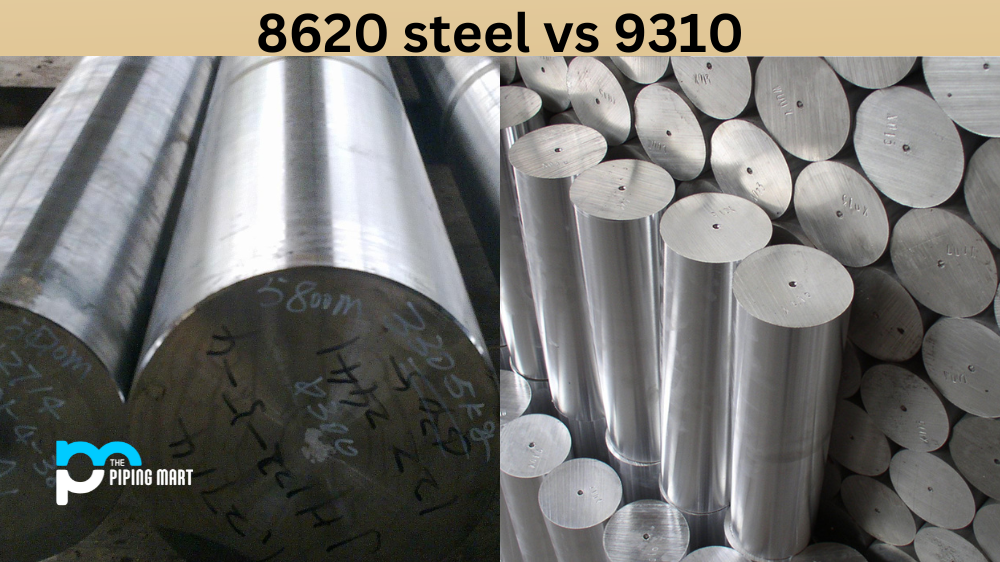Araldite is a powerful adhesive that bonds two surfaces together. It’s often used for industrial applications, but it can be useful around the home as well. However, if you’ve ever found yourself stuck with an unwanted Araldite bond on stainless steel, you know how difficult it can be to remove. Fortunately, there are some tried-and-true methods for removing this adhesive quickly and safely. Read on to find out how!
1) Heat Removal
The first thing to try when removing Araldite from stainless steel is heat removal. To do this, use a blowtorch or heat gun set to 500 degrees Fahrenheit (260 degrees Celsius). Apply the heat directly to the area of the stainless steel covered by the Araldite and hold it there until the adhesive starts to bubble or melt away. If necessary, you can use a putty knife or razor blade to help scrape away any remaining residue once it has softened enough. Be sure to use caution when using this method, as stainless steel can become easily damaged at high temperatures.
2) Chemical Removal
If heat removal isn’t successful, then try chemical removal instead. Start by mixing one part white vinegar with one part water in a bowl or spray bottle. Next, apply your solution liberally over the area of stainless steel covered in Araldite and let it sit for 10-15 minutes before scrubbing away with a soft brush or cloth. Rinse off any remaining residue with warm water and repeat as necessary until all traces of the adhesive have been removed.
3) Solvent Removal
If neither heat nor chemical removal works, then consider trying solvent removal instead. Start by purchasing an appropriate solvent, such as acetone or MEK (Methyl Ethyl Ketone). Once you have your solvent ready, simply apply it directly onto the affected area of stainless steel using a clean cloth or brush – being careful not to let any of it come into contact with your skin! Allow the solvent time to work its magic before taking a putty knife or razor blade and scraping away any remaining adhesive residue. Finally, rinse off the surface with warm water afterwards to get rid of any lingering odours from the solvent itself.
4) Mechanical Removal
If none of these methods is successful in removing your unwanted Araldite bond from stainless steel surfaces, then mechanical removal may be your best option. Start by using pliers – preferably ones that are insulated with rubber grips – as well as needle nose pliers if available, then gently pull apart each side of your bond until they come loose from each other. For extra leverage when necessary, you may need to use a flathead screwdriver between both sides while pulling them apart simultaneously – just be sure not to take care not to damage either surface during this process! Once both surfaces have been separated successfully, you should be able to easily scrape away any remaining adhesive residue using either a putty knife or razor blade afterwards without issue.
Conclusion:
Unwanted Araldite bonds on stainless steel can be difficult to remove without damaging either surface in the process; however, armed with these four tips for success, you should now feel confident about tackling such tasks head-on! Try each method individually, starting from number one until all traces of adhesive have been successfully removed – whichever works best for your specific situation is likely going to depend on both material type and environmental conditions, so just remember that patience will usually pay off here! Good luck!

Pipingmart is a B2B portal that specializes in metal, industrial and piping items. Additionally, we share the latest information and information about materials, products and various types of grades to assist businesses that are involved in this business.




